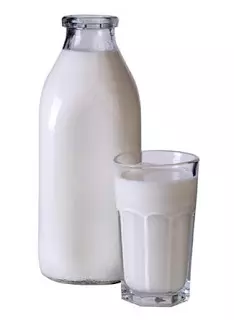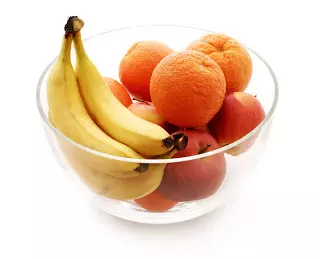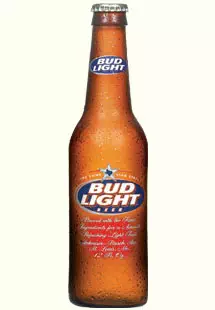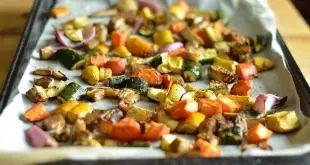Three Common Natural Sugars: Lactose, Fructose, Maltose
It is a little known fact that sucrose is actually NOT a naturally occuring sugar. The three major, naturally occurring sugars are lactose, fructose and maltose. Here’s the down-low on each.
Lactose
I cannot count how many times I’ve answered posts or e-mails from a new post-op with the following exclamation: “there’s sugar in my MILK????”
Yes, there is sugar in your milk. But it’s not table sugar. It’s lactose. Well…unless you’re drinking flavored milk (chocolate or strawberry), in which case there probably IS sucrose in there.
Lactose is a naturally occurring sugar found in milk. If you think about it, the fact that there is sugar in milk makes sense. Milk is, after all, intended for newborn babies (humans or animals). They need to grow and they need to grow fast. Their bodies can’t sit around waiting to convert complex carbs into energy. They need that energy now! As such, lactose is also on the simpler carb spectrum, although it doesn’t have quite the same effect on the body as sucrose.
Now that doesn’t mean it’s automatically ok for you post-op. Some people develop what is called “lactose intolerance” which means their body doesn’t produce an enzyme (called lactase) required to break down lactose.
And for others still, while they are not lactose intolerant, too much lactose makes them dump too. Many surgeons still aren’t sure why this happens, but we’ve heard it enough that we are inclined to believe it.
Fructose
Now most of us know there is sugar in fruit. Mostly because we associate sugar with sweetness and, since fruit is sweet, it translates well to our minds that there is sugar in it. Again, fructose is a natural sugar but that doesn’t necessarily mean you’ll do well with it.
After all, fructose is the mother of high fructose corn syrup AND honey (whose father is glucose, by the way…). This is not to scare you about fruit. There are lots of fruits that sit perfectly fine with a lot of post-ops. And some that don’t.
For a long time after surgery, I couldn’t do certain fruits. Some are still iffy (for instance, my pouch seems to hate oranges. I always dump when I eat oranges for some reason). Because fructose contributes to the sweetness of fruit, it’s easy to find fruit products with no table sugar in them, which is a plus.
How do you judge for yourself whether a fruit is good to try? Well, we each have to decide for ourselves, but your best bet, in my humble opinion, is to use the glycemic index. If you are, or were, diabetic, you probably already know what this is. For others, it’s an international index of foods, ranked by how fast they cause your blood sugar to rise. While the rising of blood sugar and dumping syndrome are two different things, foods with a low G.I. number (meaning they make your sugar rise more slowly) can often sit better than higher G.I. foods.
All this is to say, the glycemic index is a tool that you can use to determine if you want to try a fruit. But the only real way to know if it will affect you is to try it.
Maltose
You ever wonder where the carbs in beer come from? Mostly from maltose, another naturally occurring sugar. Now I KNOW I don’t have to talk to any of our Poucher newbies about beer, do I????
There’s a few other sources of maltose in our diets, but mostly it is a sugar found in wheat. I haven’t heard many stories about the effect of maltose on our systems, but then again what post-op is going to cop publicly to drinking a bunch of beer??? 😉
For those interested in reading more about maltose, here is a good link to everything you ever wanted to know (and about seven things you didn’t).
The most important things to remember about these three naturally occurring sugars is:
- Although all three can be quickly converted to energy, making them simpler carbs, they are not the same as sucrose (table sugar) and don’t work the same way in the body
- Some people may be lactose intolerant after weight-loss surgery, meaning their bodies no longer produce the hormone, lactase, necessary to break down milk sugar
- With fructose, different fruits have different levels of sugar and different amounts of fiber, both of which affect how fast your blood sugar rises as a result of eating them. Doctors use the glycemic index to rank foods based on how fast your blood sugar rises after eating them. Some foods, like bananas, have a very high glycemic index, while others, like berries, are lower. Here is a good list of fruits by G.I. ranking. This is helpful not only to diabetics, but to those wishing to limit the sugars in their food plans.
- Naturally occurring sugars DO make some people dump (by their own accounts). So be careful when starting to try any kind of sugar, even naturally occurring ones.
Next: What the nutrition label has to say about sugar
Previous: Part One – Sucrose
 Bariatric Foodie Play with your food
Bariatric Foodie Play with your food





